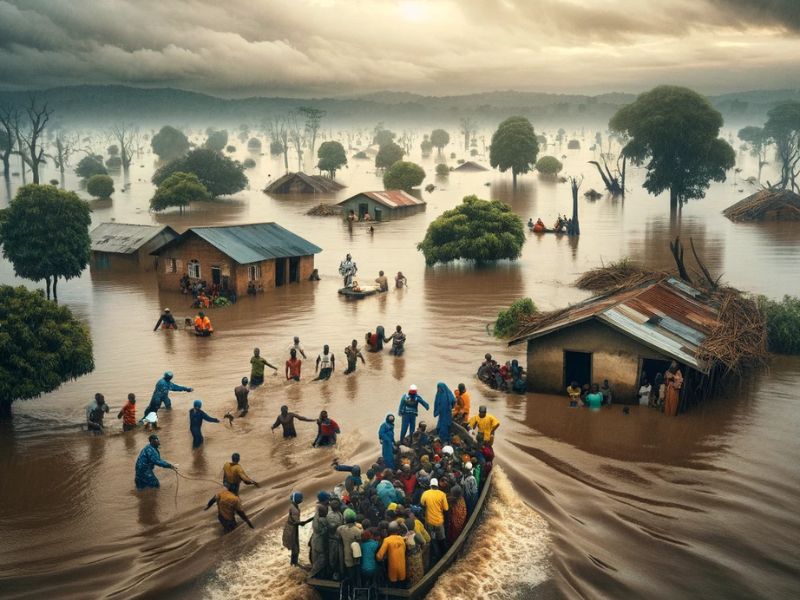
Focus on Efforts to Aid Flood-Affected Communities in Congo
Introduction
The Democratic Republic of Congo is currently facing its worst flood in the last 60 years. This catastrophic event has resulted in numerous casualties and had a devastating impact on the Equator region and the capital, Kinshasa. The flood, caused by a month of heavy rains, triggered landslides, destroyed homes, and displaced thousands of people.
Government and International Community Response
The Congolese government has declared a state of emergency and announced the release of a $4 million emergency fund to provide aid to the disaster victims and address the damages caused by the flood in various provinces. International organizations and neighboring countries have collaborated to support relief efforts. Humanitarian agencies are providing emergency assistance, including food, clean water, and medical aid, to alleviate the suffering of the affected population.
Rescue and Support Initiatives
More than 360 villages and 36 districts across the country have been flooded, affecting over 320,000 people. The Kinshasa Diocese, with support from Episcopal Relief & Development, is supplying food, temporary shelter, clothing, blankets, medicine, soap, kitchen utensils, and other emergency items to those affected by the floods. The clergy is also offering spiritual and pastoral support to the affected communities.
Prevention and Preparedness for the Future
The current situation in Congo underscores the need for greater disaster preparedness and resilience measures. The government will need to invest in robust infrastructure, including flood control systems and early warning systems, to mitigate the impact of future disasters. Furthermore, it is essential to raise awareness about climate change and its effects on extreme weather events to promote sustainable practices and encourage communities to adapt to changing environmental conditions.
Conclusion
The devastating floods in the Democratic Republic of Congo have resulted in the loss of hundreds of lives and widespread destruction. Immediate relief efforts, along with long-term recovery plans, are essential to support the affected population and rebuild the affected regions.
Sources


